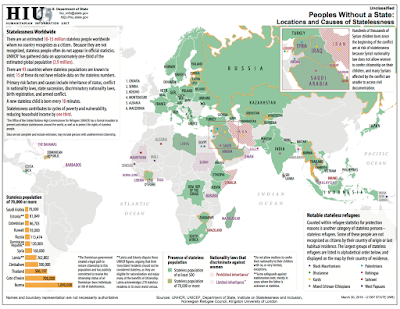The loss of American jobs to workers in developing countries has been a major theme in this year's Presidential campaign. It is high on the agenda of both Donald Trump and Bernie Sanders. Why did those jobs go offshore? The easy answer is that rich business owners saw workers willing to work for less money and so the jobs went to them. But where did those workers come from? The answer is, of course, that in the aftermath of WWII the rich countries spread newly discovered methods of death control all over the world, which helped to lower infant and child death rates in a short time. Since birth rates did not immediately decline in step with the drop in mortality we had a population explosion. Of course, it took a bit of time for those newly surviving children to grow to maturity and become a viable labor market. It also required that the developing countries have invested in education sufficiently to create a pool of readily trained laborers. Enter countries such as Mexico, China, both of which have been excoriated by Donald Trump for having stolen US jobs.
Unfortunately, the demographic timing was very bad for American labor, because these "offshore" labor pools were coming into place just as labor unions in the US were consolidating their gains for American workers, increasing pay and benefits. Naturally, higher pay and benefits for workers are passed along to consumers. In the absence of competition, consumers pay the price and don't give it another thought. But when the same goods are manufactured elsewhere by people with low wages and few or no benefits, the prices are lower and people pay attention.
This came to the fore yesterday in the results of a nationwide poll in which it was found that a majority of Americans prefer low prices to buying products just because they were made in the USA. CBS News reports the story:
Nearly three in four say they would like to buy goods manufactured inside the United States, but those items are often too costly or difficult to find, according to the survey released Thursday. A mere 9 percent say they only buy American.
Asked about a real world example of choosing between $50 pants made in another country or an $85 pair made in the United States - one retailer sells two such pairs made with the same fabric and design - 67 percent say they'd buy the cheaper pair. Only 30 percent would pony up for the more expensive American-made one. People in higher earning households earning more than $100,000 a year are no less likely than lower-income Americans to say they'd go for the lower price.
Keep in mind that workers in the USA were routinely exploited in the US prior to the formation of labor unions and the passage of various forms of protective legislation. Think, for example, of the passage of laws requiring that children attend school in this country, which helped to end the exploitation of child labor. We have to encourage the rest of the world to stop exploiting people as well, but we also have to recognize that as this happens the prices will rise again. There's no such thing as a free lunch (TNSTAAFL is the acronym for this famous phrase). We live in the time of demographic (and many other) transitions and we have to understand that fact. The past was a foreign place and so is the future.






